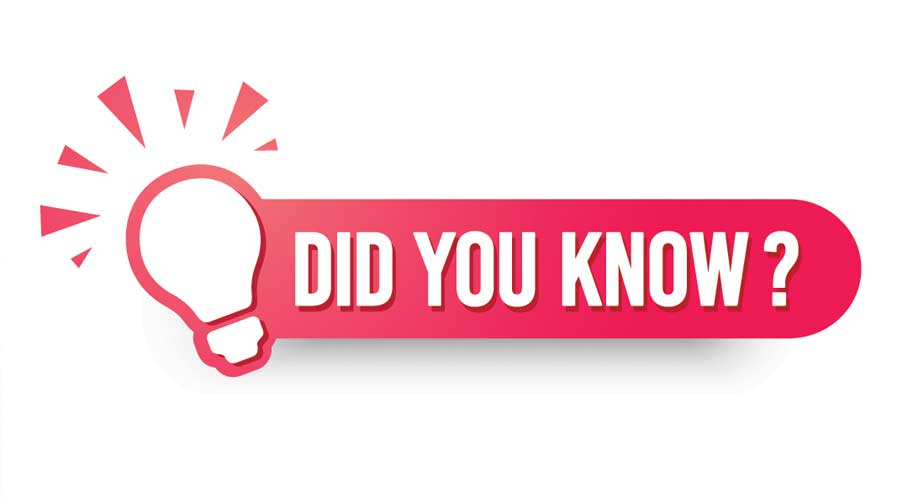
At CleanLink, cleaning is serious business. But beyond what it means to the CleanLink brand, professional cleaning also has an intriguing legal legacy. It's time to take a quick dive into that past, exploring how governments and societies throughout history have sought ways to effectively regulate professional cleaning and sanitation.
Building Codes?
Yes, many attempts at creating uniform standards of living and cleanliness revolved around what's now referred to as building codes. The concept of government-mandated cleaning practices reaches back centuries. In a familiar twist for modern readers, the bubonic plague, a devastating pandemic that swept through Europe in the 14th century, created a newfound interest in the importance of hygiene and sanitation. Authorities began issuing decrees that mandated the removal of human refuse and an enforced disinfection of homes in an effort to combat disease and...wait for it...stop the spread.
Public Health Concerns:
As people continued to migrate about the globe, settle in, and work the resources of the land, naturally, the population soon began to skyrocket in many previously rural areas, all while cities grew denser and dirtier. Sanitation concerns became paramount. Local and national governments enacted building codes that established minimum standards for plumbing and waste disposal systems in new constructions. Additionally, regulations were implemented to govern the collection and disposal of municipal waste, a significant step towards cleaner and healthier cities.
Food Safety Laws:
The early 20th century saw a special focus on food safety regulations. Governments recognized the need to protect consumers from foodborne illnesses by establishing sanitation guidelines for food processing facilities and restaurants. These regulations often mandated specific cleaning procedures and the use of approved disinfectants to ensure food safety.
OSHA and Worker Safety:
Today, the Occupational Safety and Health Administration (OSHA) plays a critical role in regulating cleaning practices within the United States. OSHA establishes safety standards for cleaning professionals, outlining proper handling procedures for hazardous chemicals and ensuring adequate ventilation when using harsh cleaning products.
Beyond Borders
Looking beyond the United States, international organizations like the International Sanitary Regulations (ISR) set global standards for hygiene and sanitation practices to prevent the international spread of infectious diseases. These regulations indirectly impact professional cleaners by influencing cleaning protocols in airports, seaports, and other international travel hubs.
posted on 4/23/2024

 Celebrating BSCAI's 60th Anniversary eBook
Celebrating BSCAI's 60th Anniversary eBook The Down and Dirty on Cleaning in Virus Season
The Down and Dirty on Cleaning in Virus Season How Surfactant Use is Expanding in Commercial Cleaning
How Surfactant Use is Expanding in Commercial Cleaning